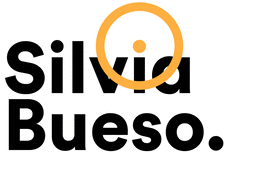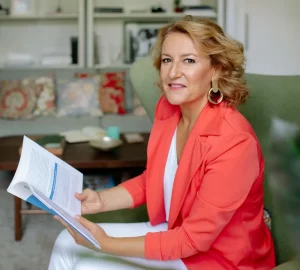This technique will help you overcome feelings of overwhelm to plan what you want while circumventing unforeseen obstacles.
If you’re the kind of person who feels overwhelmed when you start a big project, the “divide and prioritise” technique will serve you well. Dividing and prioritising will enable you to determine the most important tasks to completing your big challenge. Each step you take will be the reason for celebration and continue to pursue your main objective.
It’s 10 a.m. Your best friend from high school, Peter, asks you to organise the first ever get-together for alumni from your alma mater. These are people you haven’t seen for over 25 years, and you have one month to pull it off. You wonder where to begin, what steps you need to take, and how to make sure everything will be ready for the big day. The project is intimidating. You feel pressured and overwhelmed.
A typical reaction to this kind of situation is to roll up one’s sleeves and jump right in. That is, get into action with almost no prior planning. When confronted with a complex challenge, however, it’s important to stop to think and prioritise, breaking down each of the tasks to be carried out and determining the logical sequence and relationship between them. By brainstorming, you’ll be able to imagine the big bash with your schoolmates in your mind’s eye, and from there, break down party prep into its component parts.
The 7 keys to “divide and prioritise” and ensure that your old school friends have a blast are:
- Brainstorming. Set aside time for yourself on your calendar to think about: a) specific tasks involved in the project, b) the order in which those tasks need to be carried out, c) how much time each task will require, and d) how much effort is involved in performing each task.
“Organising the party will take me about 100 hours. The essential tasks are: finding out how many of us will be attending, and setting a date.”
- Everything in order. When you finish brainstorming, it’s time to organize tasks. That means differentiating between tasks and categorizing them into their component parts, priorities and sequences of events.
“For the party, the component parts are the people who are attending, the venue and transportation. The priority is to know how many friends are coming, and agreeing on a time. The sequence of events consists of reserving a restaurant for the agreed-upon date, and taking care of transportation.”
- Loving it. Any complex project will include tasks you love doing, and others you find more challenging. Being aware of those differences will enable you to plan when to do what, keeping in mind your mood and frame of mind.
“Today I feel terrible. I have a headache. Today is a day for doing tasks that are less taxing, though just as necessary for the party.”
4. Just in case. Unforeseen circumstances can arise. The pieces in the puzzle change and you have to adapt your plan. Having divided and prioritised, you’ll be better able to respond when setbacks occur.
“The date chosen for the party coincides with a match between the Barça and Madrid soccer teams. I decide to phone the restaurant to know whether they will be showing the match that day.”
- Hurrah!Every small achievement is cause for joy and celebration. It takes small steps to achieve your biggest dream. Celebrate each small step forward.
“I’ve completed the tasks that I find the hardest. There’s a lot still to be done. Today I’ll celebrate by having breakfast at my favourite neighbourhood coffee shop.”
- Your script writer. When faced with big challenges you’re likely to experience a range of different emotions, from excitement to discouragement. Be aware of your emotions and listen to your internal dialogues. On difficult days it will help if your internal script writer is rooting for you and encouraging you to press on, connecting with who you are.
“Today I’m discouraged and not in the mood. But I want to move forward on the project. My inner voice is telling me that I always manage to move forward. I’m good, and know I’ll achieve what I set out to do.”
- Checkpoint. It’s helpful to check from time to time how each task is going, and include that in your plan. This snapshot of your project will enable you to refocus or adjust your plan if need be.
“Once a week I’ll check how far along each task is, to know how the plan is going. I’ll give myself permission to make decisions before it’s too late.”
It’s 10 a.m. It’s the big day when you and your friends are finally meeting up. You’re going to have a ball!







